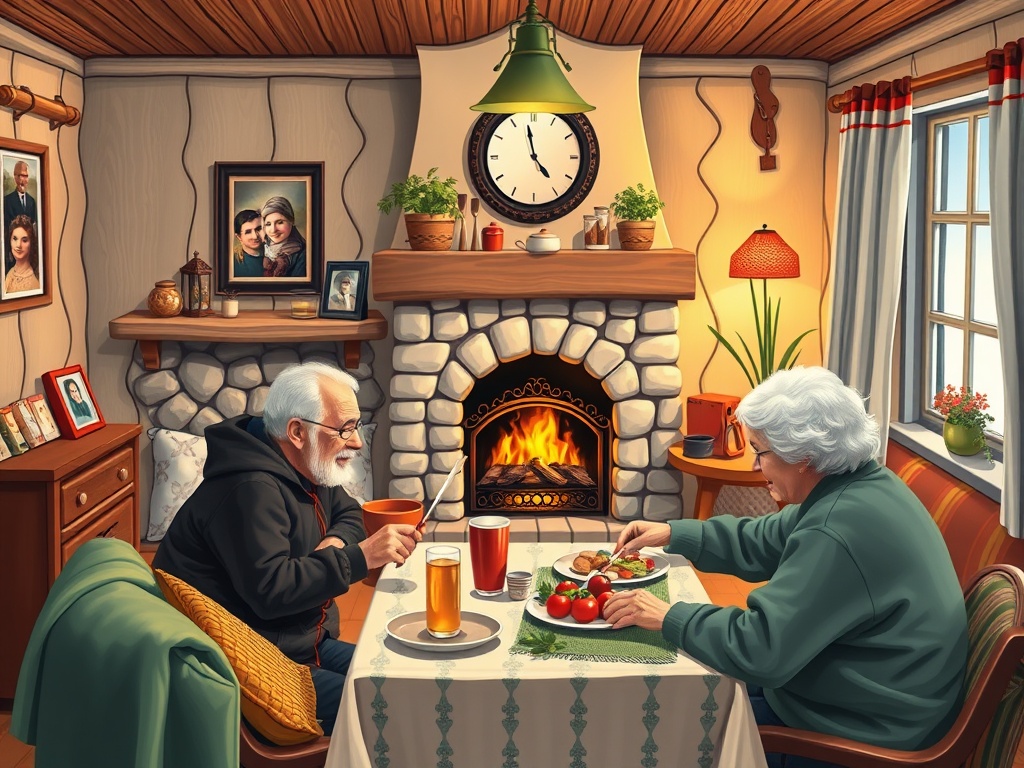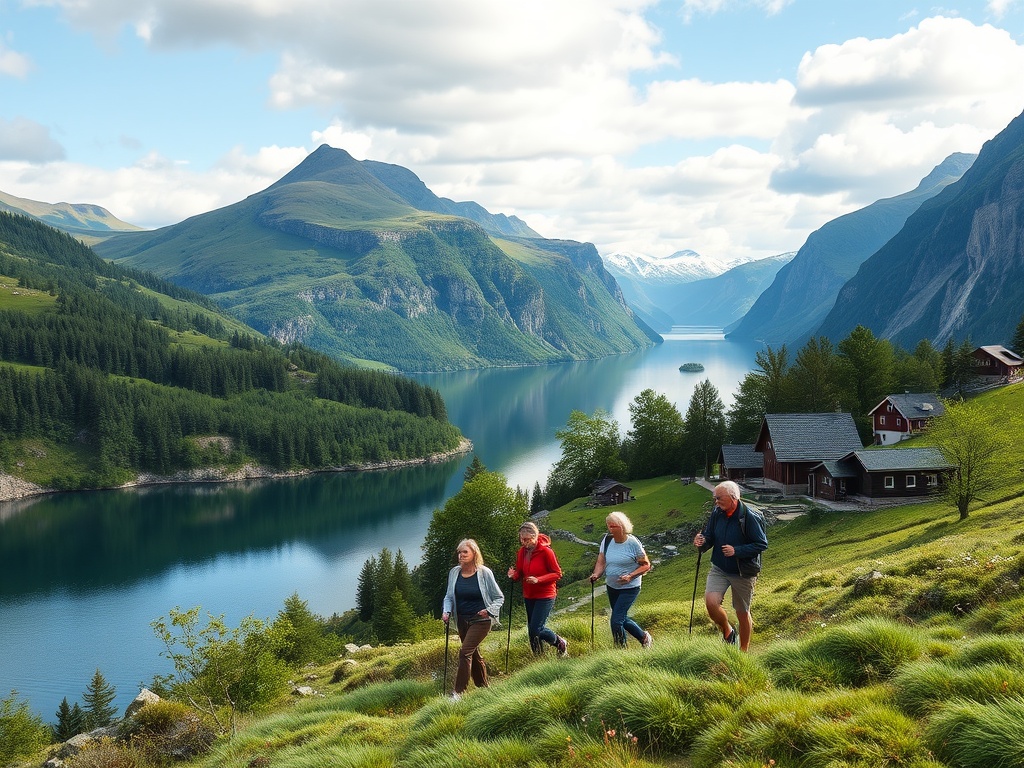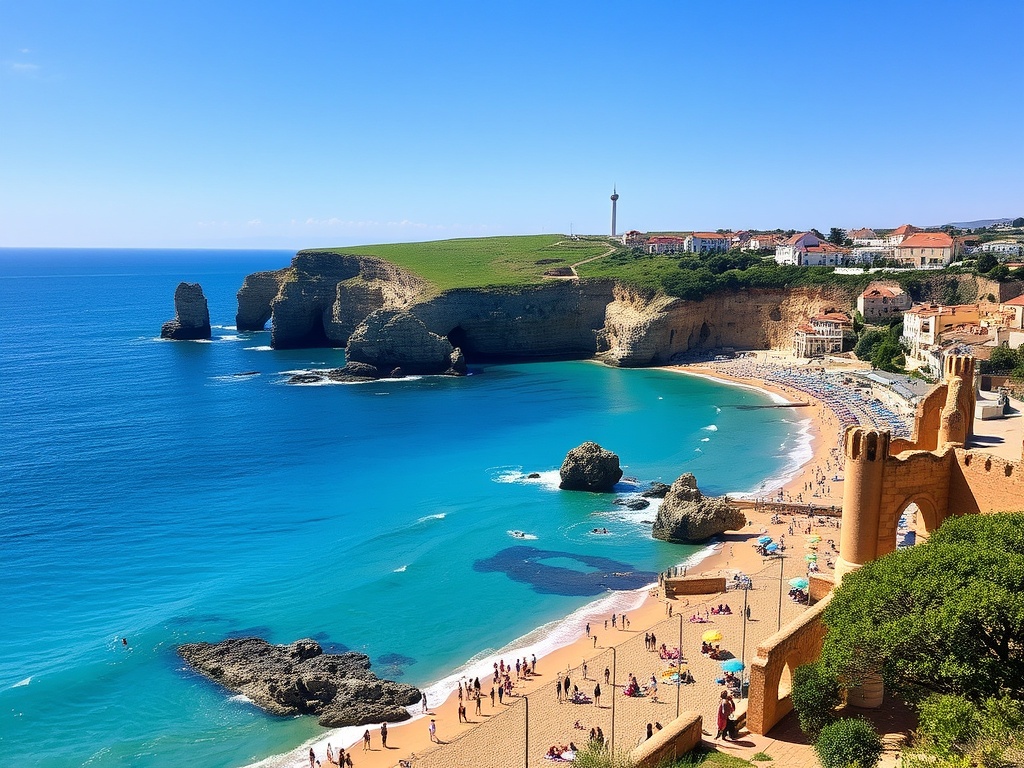Norwegian Life Expectancy: A Study in Health and Longevity

Recent research reveals that England has experienced the most significant decline in life expectancy improvement among 20 European nations, with the exception of Norway, where life expectancy continues to rise.
Ann Kristin Skrindo Knudsen, a clinical psychologist and researcher at the Norwegian Institute for Public Health, has contributed to this pivotal study. In the following paragraphs, she elucidates the reasons behind Norway’s exceptional life expectancy and shares insights that other nations might consider adopting.
It comes as no surprise that Norway ranks among the highest in Europe for life expectancy, a trend that has persisted for decades. Back in the 1960s, Norway boasted the highest life expectancy globally. While we have since slipped down the rankings, this reflects the progress of other nations in improving their own longevity.
The primary factor contributing to our high life expectancy is the remarkably low incidence of cancer in Norway. A key reason for this is the national aversion to smoking. In fact, the use of vaping products is also minimal, with negligible sales figures. Norway took a pioneering step in 1988 by implementing a national smoking ban, prohibiting smoking in many public areas, including workplaces. At that time, public sentiment was largely supportive of the initiative.
By 2004, the ban was expanded to include all public venues such as bars, restaurants, and even bus stops. Smoking is not allowed indoors, and public smoking is discouraged, especially given Norway’s cold climate, which has effectively reduced smoking rates. Today, smoking is generally viewed as socially unacceptable, a stark contrast to past norms.
However, there is growing concern regarding younger generations who may not fully grasp the dangers associated with smoking. Some young individuals are starting to adopt smoking habits at rates higher than those seen five years ago, prompting vigilance and monitoring efforts.
In addition to smoking, Norway’s lower rates of alcohol consumption contribute significantly to our health outcomes. Heavy drinking is not a prevalent cultural practice here. Attempting to purchase alcohol in Norway can be a challenge due to high taxes that make it expensive, along with strict regulations on sales times. For instance, stronger beverages, exceeding 4.5% alcohol content, are only available in specialized stores that close by 6 PM, and alcohol sales are prohibited on Sundays. The pandemic has led to the closure of some of these stores, further limiting availability.
Norway does not endorse a specific upper limit for alcohol consumption, unlike the UK’s 14-unit recommendation. Instead, there is a general consensus that any level of alcohol intake may increase cancer risk, a notion that has gradually gained traction among the public.
While wine may play a central role in the daily lives of people in Italy, Spain, and France, in Norway, drinking is largely reserved for special occasions like birthdays and Christmas. Although there has been a slight cultural shift towards more continental drinking habits in recent years, alcohol has not historically been integrated into everyday life.
The Norwegian diet aligns closely with health recommendations found in the UK, including the “five a day” initiative for fruits and vegetables. However, a distinctive feature of our diet is the regular consumption of fish, which is typically eaten at least three times a week. Authorities are actively promoting the intake of whole grains and fiber to mitigate future health issues.
Health directives in Norway are widely accepted, with most citizens adhering to them despite occasional dissenting voices. A high level of trust exists in our public institutions, rooted in a long-standing belief that politicians are dedicated to our welfare. Our robust welfare state provides substantial support, including unemployment benefits that cover 60% of previous income for up to a year and full sick pay for 16 days, ensuring a safety net for those in need.
This trust extends to our elderly care system, which emphasizes in-home nursing rather than reliance on nursing homes. However, challenges remain, particularly with rising levels of mental health issues, such as anxiety and depression, and increasing loneliness among the elderly population. While we excel in addressing the physical health needs of older citizens, the same cannot be said for their social well-being.
Norway is often characterized as an egalitarian society, and this is indeed true. The relatively low income disparity and strong labor unions advocating for fair wages contribute to our high life expectancy, currently averaging 83 years. The social safety net ensures that even those with limited means can afford essential needs like heating, electricity, and food.




